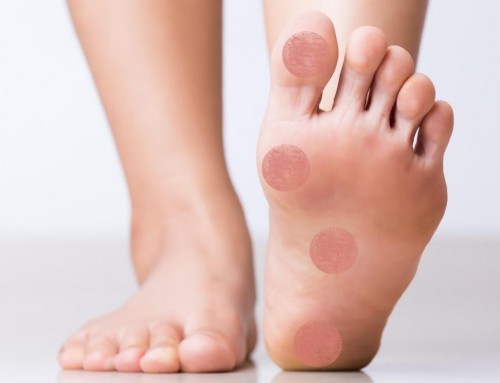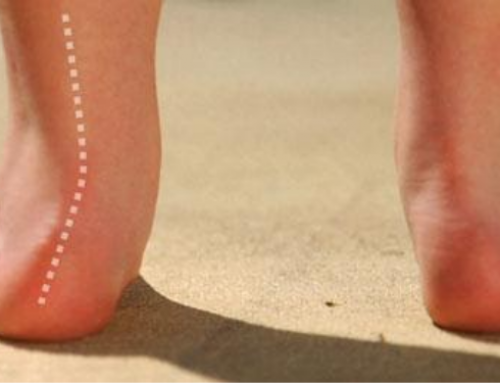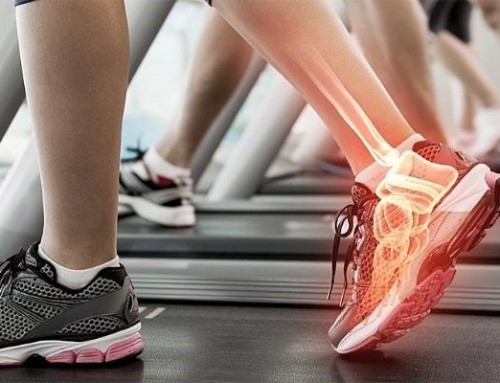How to Avoid Knee Pain
Knee pain is a common complaint that affects people of all ages. Knee pain may be the result of an injury, such as a ruptured ligament or torn cartilage or mechanical problems. Medical conditions — including arthritis, gout and infections — also can cause knee pain.
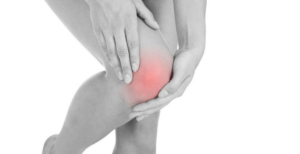
Many types of minor knee pain respond well to self-care measures. Physical therapy and knee braces can help relieve knee pain. In some cases, however, your knee may require surgical repair. The location and severity of knee pain may vary, depending on the cause of the problem.
Signs and symptoms that sometimes accompany knee pain include:
- Swelling and stiffness
- Redness and warmth to the touch
- Weakness or instability
- Popping or crunching noises
- Inability to fully straighten the knee
Knee Pain Symptoms
Call your doctor if you have one or more symptoms:
- Can’t bear weight on your knee or feel as if your knee is unstable (gives out)
- Have marked knee swelling
- Are unable to fully extend or flex your knee
- See an obvious deformity in your leg or knee
- Have a fever, in addition to redness, pain and swelling in your knee
- Have severe knee pain that is associated with an injury
A number of factors can increase your risk of having knee problems, such as excess weight, lack of strength and flexibility, some sports put greater stress on your knees than do others. Alpine skiing with its rigid ski boots and potential for falls, basketball’s jumps and pivots, and the repeated pounding your knees take when you run or jog all increase your risk of knee injury. Jobs that require repetitive stress on the knees such as construction or farming also can increase your risk, also a previous knee injury makes it more likely that you’ll injure your knee again.
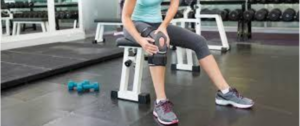
Although it’s not always possible to prevent knee pain, the following suggestions may help forestall injuries and joint deterioration:
- Maintain a healthy weight; it’s one of the best things you can do for your knees. Every extra pound puts additional strain on your joints, increasing the risk of injuries and osteoarthritis.
- Get strong, stay flexible. Because weak muscles are a major cause of knee injuries, you’ll benefit from building up your quadriceps and hamstrings, which support your knees. Balance and stability training helps the muscles around your knees work together more effectively. And because tight muscles also can contribute to injury, stretching is important.
- If you have osteoarthritis, chronic knee pain or recurring injuries, you may need to change the way you exercise. Consider switching to swimming, water aerobics or other low-impact activities — at least for a few days a week. Sometimes simply limiting high-impact activities will provide relief.
- Wear support braces – they redistribute the weight-bearing load and increases the ability to perform your best during training and sports, helping decrease pain from day-to-day movement, mild to moderate knee pain, patellar instabilities and dislocation.
In general, you can wear a knee brace once you start to experience knee pain or want to prevent a previous knee injury. A knee support can be worn during rehabilitation period like post ACL surgery. But choosing which one is right for your needs can be a bit overwhelming. There are different kinds of knee braces and they are used for different reasons.
When you wear the brace depends on what kind it is and what it’s treating. Some are worn all the time. Some are only worn during sports, exercise, or physical activity. It’s best to consult with your primary caregiver about when to wear a knee brace, they should be used as directed by your doctor and fitted by trained specialist.


